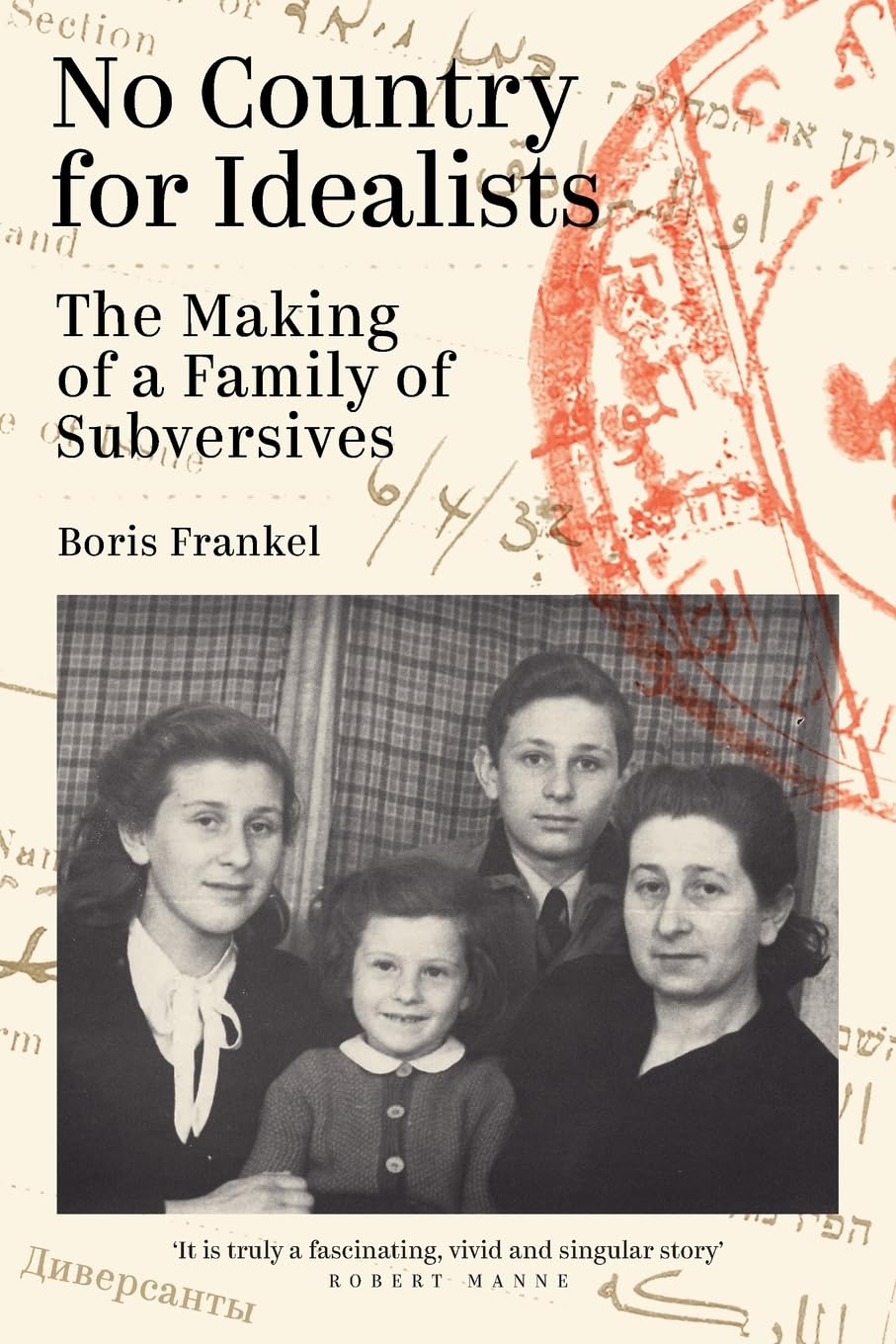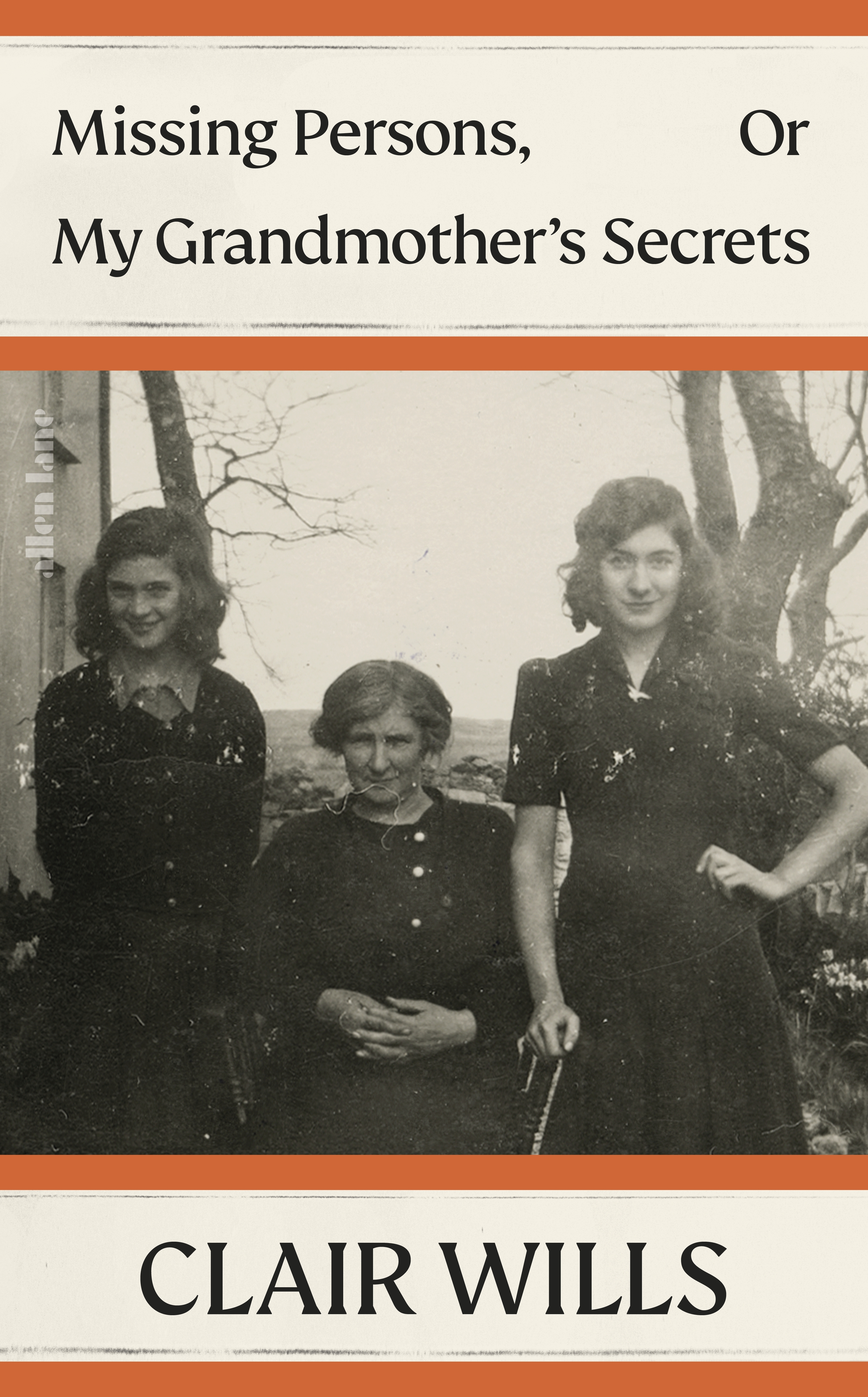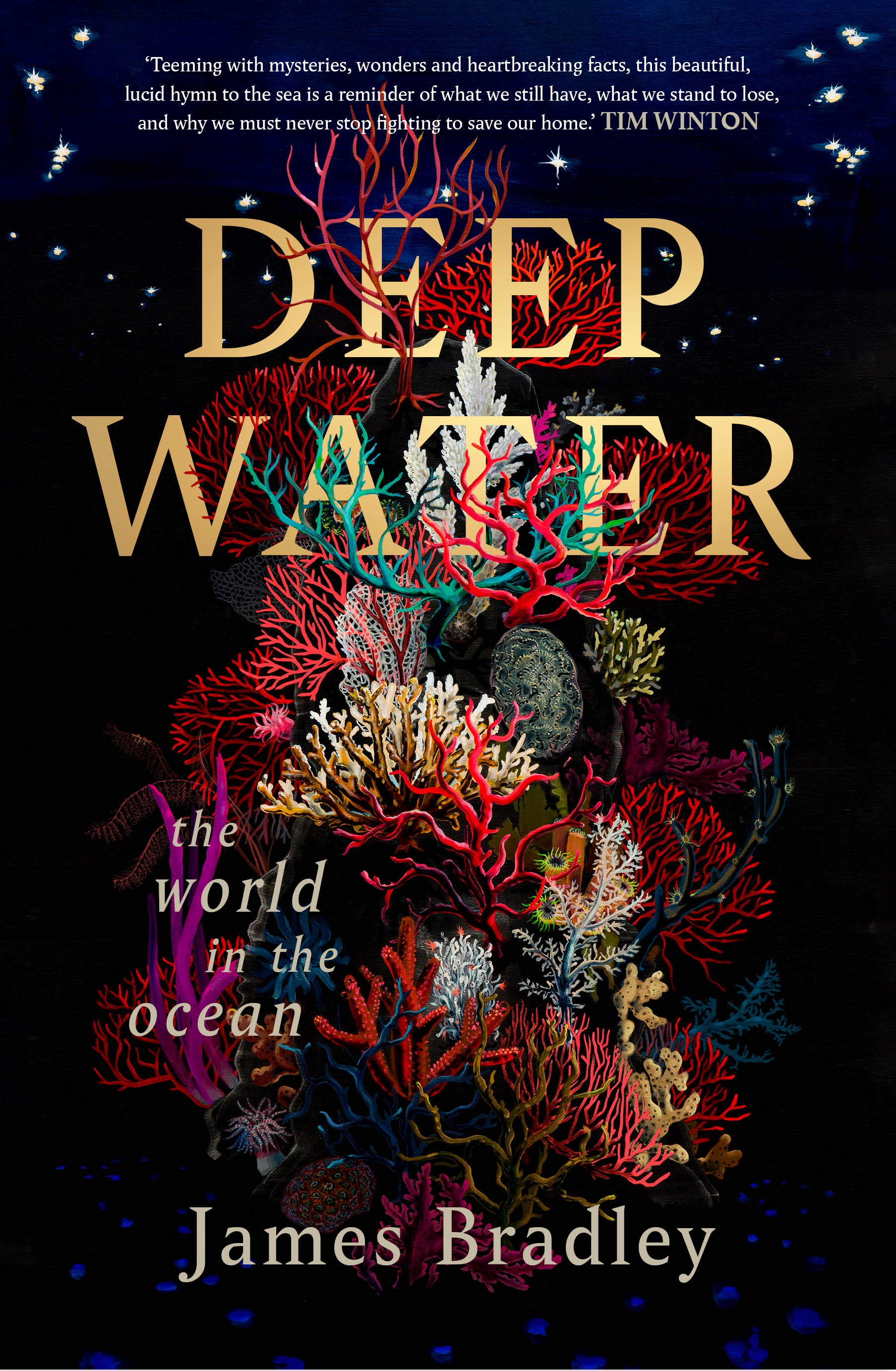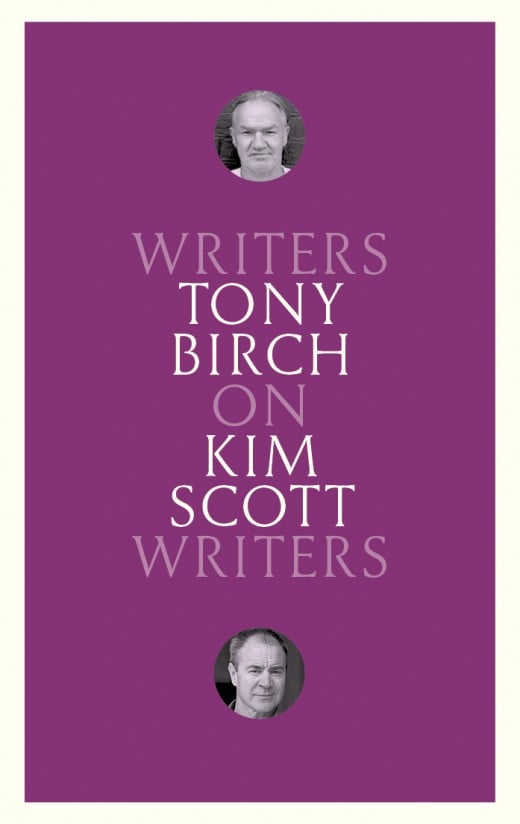Non Fiction
Troubled Minds: Understanding and treating mental illness by Sidney Bloch and Nick Haslam
In the introduction to Troubled Minds, authors Sidney Bloch and Nick Haslam outline the territory they will cover, indicating that they are experts in psychology, psychiatry, and mental illness, with more than eighty years’ experience between them. They are wary of quick fixes (How to… books) and are also wary of professionals publishing in their own fields (potentially biased expertise). Fittingly, they see mental health and mental illness as complex. They have perceived a reader who is looking for a well-written, easy-to-comprehend book that spans conceptual diversity yet concentrates on ‘understanding’ both the ‘emotional and intellectual’ aspects of mental health and illness; one that emphasises contribution from the humanities as well as from science. They hope the book will assist those who first encounter people seeking mental health help (primary practitioners, counsellors, and others). Indeed, Troubled Minds is wonderfully written, highly readable and a tour de force from authors who have seamlessly brought their voices together.
... (read more)Alice™: The biggest untold story in the history of money by Stuart Kells
In the last decade, Stuart Kells has become one of Australia’s most versatile and fecund non-fiction writers, responsible for a variety of diverting histories, of enterprises, institutions, and ideas. His thoroughly readable The Library: A catalogue of wonders (2017) was shortlisted for a Prime Minister’s Award; his Shakespeare’s Library: Unlocking the greatest mystery in literature (2018) felt rather more padded, if not unenjoyably so. Books about Argyle Diamonds (2021) and Melbourne University Publishing (2023) have been welcome. I imagine him in a medieval artisanal workshop, a kind of booksmith studiously occupied in multiple, simultaneous pursuits.
... (read more)This book is orthodox in its range (from the foundation of Rome to the Covid pandemic), organised into specific historical periods (Renaissance, Illuminismo, Risorgimento), and traditional in telling history largely through eminent biographies and great historical events.
... (read more)No Country for Idealists: The making of a family of subversives by Boris Frankel
I first met Boris Frankel when he was a thirteen-year-old, in the pages of a file at the National Archives of Australia. I was working on Russian migrant families in Australia that decided to return to the Soviet Union, but then tried to come back to Australia. Boris and his sister Genia had travelled more than 1,500 kilometres from the Crimea to Moscow, alone, in 1959, in the hopes of persuading British authorities to allow their return to Australia. It was a remarkable story: two teenagers who negotiated Soviet bureaucracy and surveillance, made an impassioned plea, and secured the support of a British ambassador. The file even contained letters the children had written to Prime Minister Robert Menzies – their own, teenaged voices. Letters like this are a historian’s dream: I felt I had got to the heart of the story. And yet, in Boris Frankel’s historical memoir, No Country for Idealists, I saw the trip to Moscow anew. In the texture of Frankel’s narrative – their Siberian cabin-mate on the train journey (named Rasputin!), the ambassador’s chef who cooked them breakfast – the wonder of the journey emerged afresh.
... (read more)On 27 August 1783, Jacques Charles launched the world’s first hydrogen balloon flight from the Champ de Mars (now the site of the Eiffel Tower). He excluded his rival Jacques-Étienne Montgolfier from the ticketed reserve. Then, on 21 November, Charles and another ‘navigateur aérien’ made the first manned flight, landing thirty kilometres north of Paris. Montgolfier was invited to cut a ribbon as a gesture of reconciliation in the name of science.
... (read more)Forbidden Desire in Early Modern Europe: Male-male sexual relations, 1400-1750 by Noel Malcolm
Do gay men have a history – and, if so, what is it? Historians have grappled with such questions ever since Michel Foucault first published his History of Sexuality in the 1970s. The stakes are high because they are political: at root, they contest nature versus nurture. We know that men who have sex with other men have existed in every past society. But were those men the same as modern homosexuals? Many contemporary gays claim them as forerunners – yet several scholars see modern homosexuality as, fundamentally, a creation of contemporary late-stage capitalism and a chronological and cultural anomaly, whose associated rights may prove equally ephemeral.
... (read more)When amateur historian Catherine Corless wrote in the Journal of the Old Tuam Society (2012) that the bodies of 796 children who had died in Tuam’s Mother and Baby Home between 1925 and 1961 might have been interred in a disused septic tank within the home’s grounds, she supposed her involvement in the search for truth would be at an end. The article, she expected, would prompt academics, politicians, and law enforcement agencies – not to mention the Bon Secours nuns who ran the home – to begin their own inquiries.
... (read more)Quantum Drama: From the Bohr-Einstein debate to the riddle of entanglement by Jim Baggott and John L. Heilbron
Let’s face it, quantum mechanics mystifies most of us. But as Quantum Drama shows, it baffled its creators, too – so much so that some of them turned to suicide, drink, or psychiatry (Carl Jung was a favourite). Who wouldn’t go crazy, trying to get their head around such bizarre happenings as subatomic particles sometimes being wave-like, and a theory that cannot tell you the particle’s definite state – its position and velocity, say – before you measure it? In ordinary ‘classical’ physics, by contrast, you can predict in advance every point on the trajectory of an ordinary object, such as a ball or a spacecraft, launched from any given place with any particular velocity. But quantum theory does not play by these long-established rules: until you observe the particle, all the theory can tell you are the chances it will show up at various places. As Einstein asked, ‘Do you really believe the Moon is only there when you look at it?’
... (read more)On the surface, this encyclopedic work offers a gloriously lyrical exploration of the sea. It could be part of a recent shoal of books about the more-than-human world, limning the wondrous and astonishing. In Deep Water: The world in the ocean, whales learn rhyme-like patterns to remember their songs, a ‘babel of strange, eerie sounds: skittering blips, long cries, whoops and basso moans’. A loggerhead turtle travels more than 37,000 kilometres to return to her birthplace. Sharks’ chemo-receptors prove acute enough to detect blood ‘in amounts as low as one part in a million’. Port Jackson sharks socialise with their peers, and evidence emerges that some fish species use tools.
... (read more)In this latest instalment of Black Inc.’s ‘Writers on Writers’ series, we have the intriguing prospect of Tony Birch reflecting on the work of Kim Scott. While most of the previous twelve books in this series have featured a generational gap, Birch and Scott, both born in 1957, are almost exact contemporaries. This is also the first book in the series in which an Indigenous writer is considering the work of another Indigenous writer. It will not be giving too much away to say that Birch’s assessment of Scott’s oeuvre is based in admiration. There is no sting in the tail or smiling twist of the knife.
... (read more)










